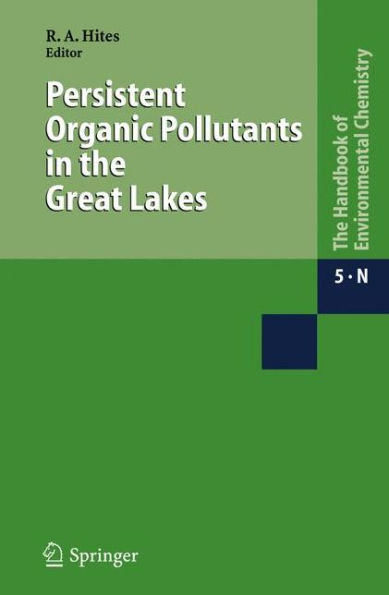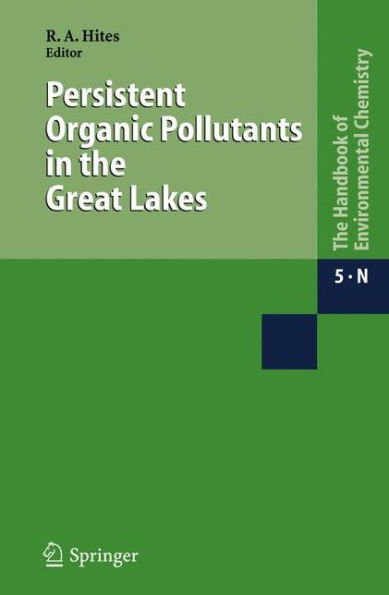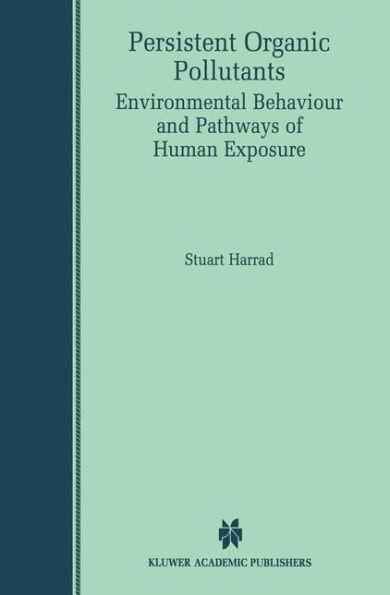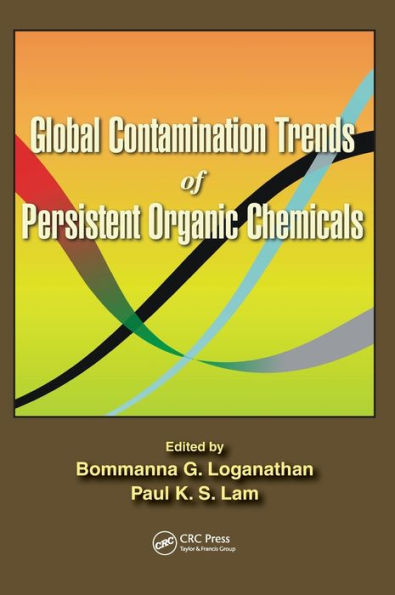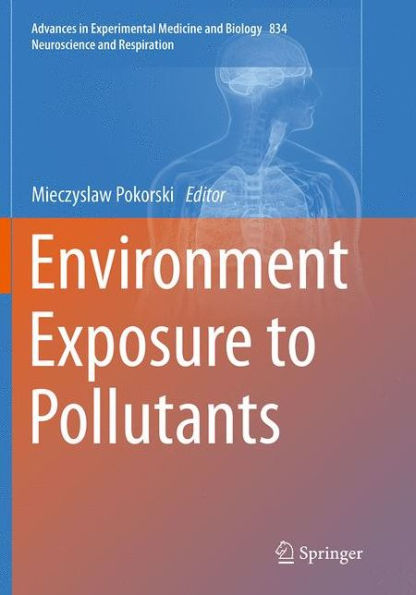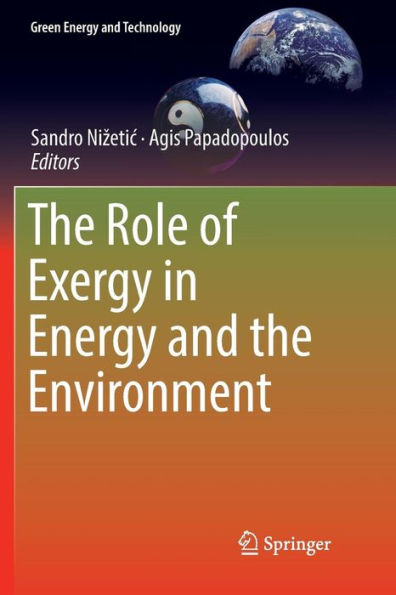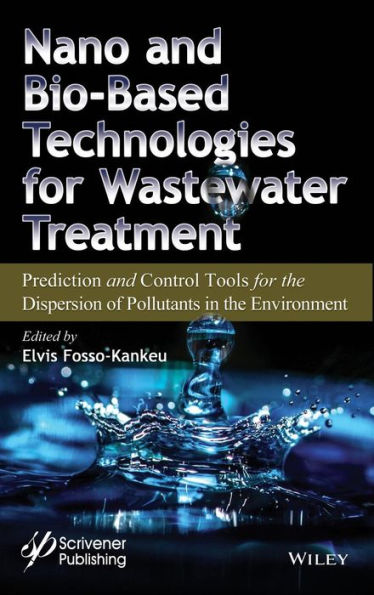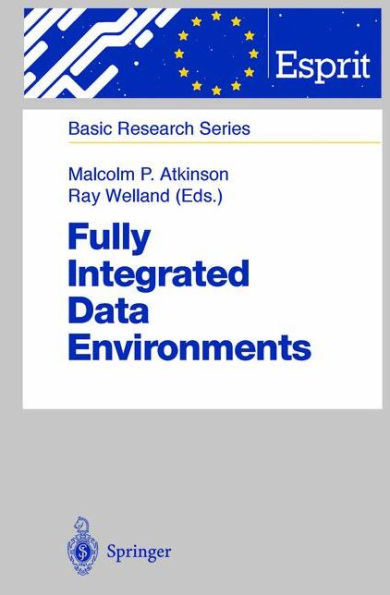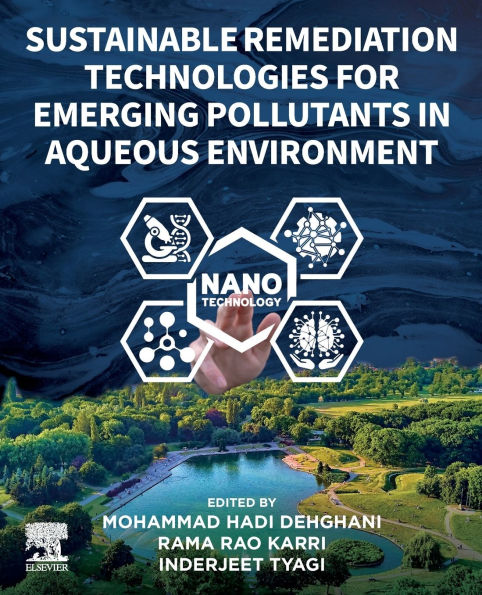Home
Persistent Organic Pollutants the Environment: Origin and Role
Barnes and Noble
Persistent Organic Pollutants the Environment: Origin and Role
Current price: $180.00


Barnes and Noble
Persistent Organic Pollutants the Environment: Origin and Role
Current price: $180.00
Size: Hardcover
Loading Inventory...
*Product information may vary - to confirm product availability, pricing, shipping and return information please contact Barnes and Noble
Persistent Organic Pollutants (POPs) are toxic, degradation resistant, bio accumulative, and display wide spatial distribution which has been linked to mutagenic, reproductive and immunological disorders. In Stockholm
Persistent Organic Pollutants (POPs) are toxic, degradation resistant, bio-accumulative, and display wide spatial distribution, which has been linked to mutagenic, reproductive, and immunological disorders. At the Stockholm Convention, a global treaty was signed to minimize and ultimately eliminate the release of POPs into the environment. The present compilation regarding POPs focusses on the sources, atmospheric behavior, terrestrial and aquatic food chain transfer, human exposure, and fate aspects of this important class of chemicals, including topical issues like temporal trends in contamination. Furthermore, the chemical characteristics of individual POPs are also addressed.
Features:
Provides better understanding of Persistent Organic Pollutants (POPs) and how they affect humans and ecosystems.
Includes genesis, categories, environmental fate and behavior, and associated hazards.
Reviews analytical techniques involved in detection, human exposure and management.
Discusses environmental dynamics of POPs.
Focuses on the comprehensive account of PCDD/Fs, PCBs, PAH and other organochlorine POPs, such as DDT, lindane, and dieldrin.
This book is aimed at researchers, professionals and graduate students in Life Science, Occupational Health and Safety, Chemical Engineering and Environmental Engineering.
Persistent Organic Pollutants (POPs) are toxic, degradation resistant, bio-accumulative, and display wide spatial distribution, which has been linked to mutagenic, reproductive, and immunological disorders. At the Stockholm Convention, a global treaty was signed to minimize and ultimately eliminate the release of POPs into the environment. The present compilation regarding POPs focusses on the sources, atmospheric behavior, terrestrial and aquatic food chain transfer, human exposure, and fate aspects of this important class of chemicals, including topical issues like temporal trends in contamination. Furthermore, the chemical characteristics of individual POPs are also addressed.
Features:
Provides better understanding of Persistent Organic Pollutants (POPs) and how they affect humans and ecosystems.
Includes genesis, categories, environmental fate and behavior, and associated hazards.
Reviews analytical techniques involved in detection, human exposure and management.
Discusses environmental dynamics of POPs.
Focuses on the comprehensive account of PCDD/Fs, PCBs, PAH and other organochlorine POPs, such as DDT, lindane, and dieldrin.
This book is aimed at researchers, professionals and graduate students in Life Science, Occupational Health and Safety, Chemical Engineering and Environmental Engineering.
